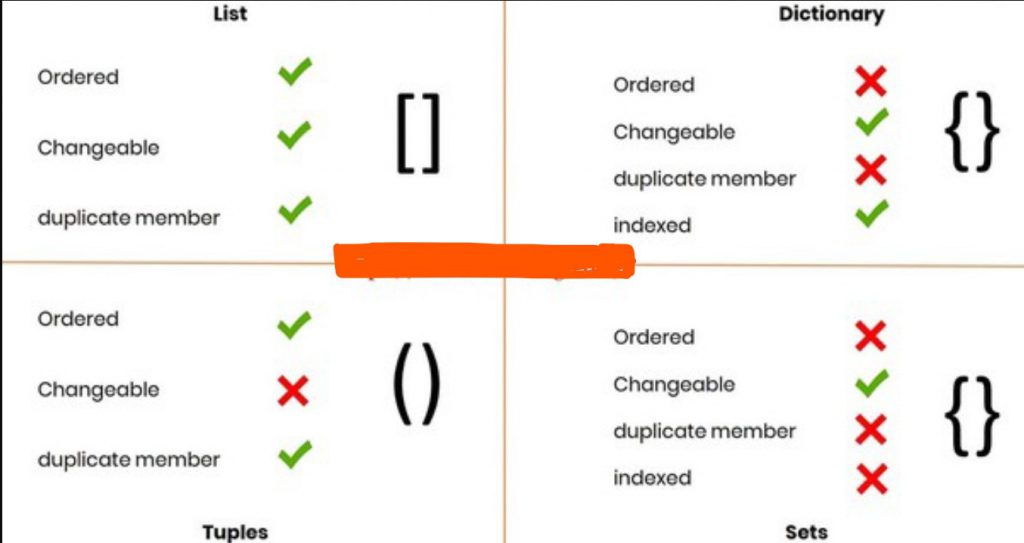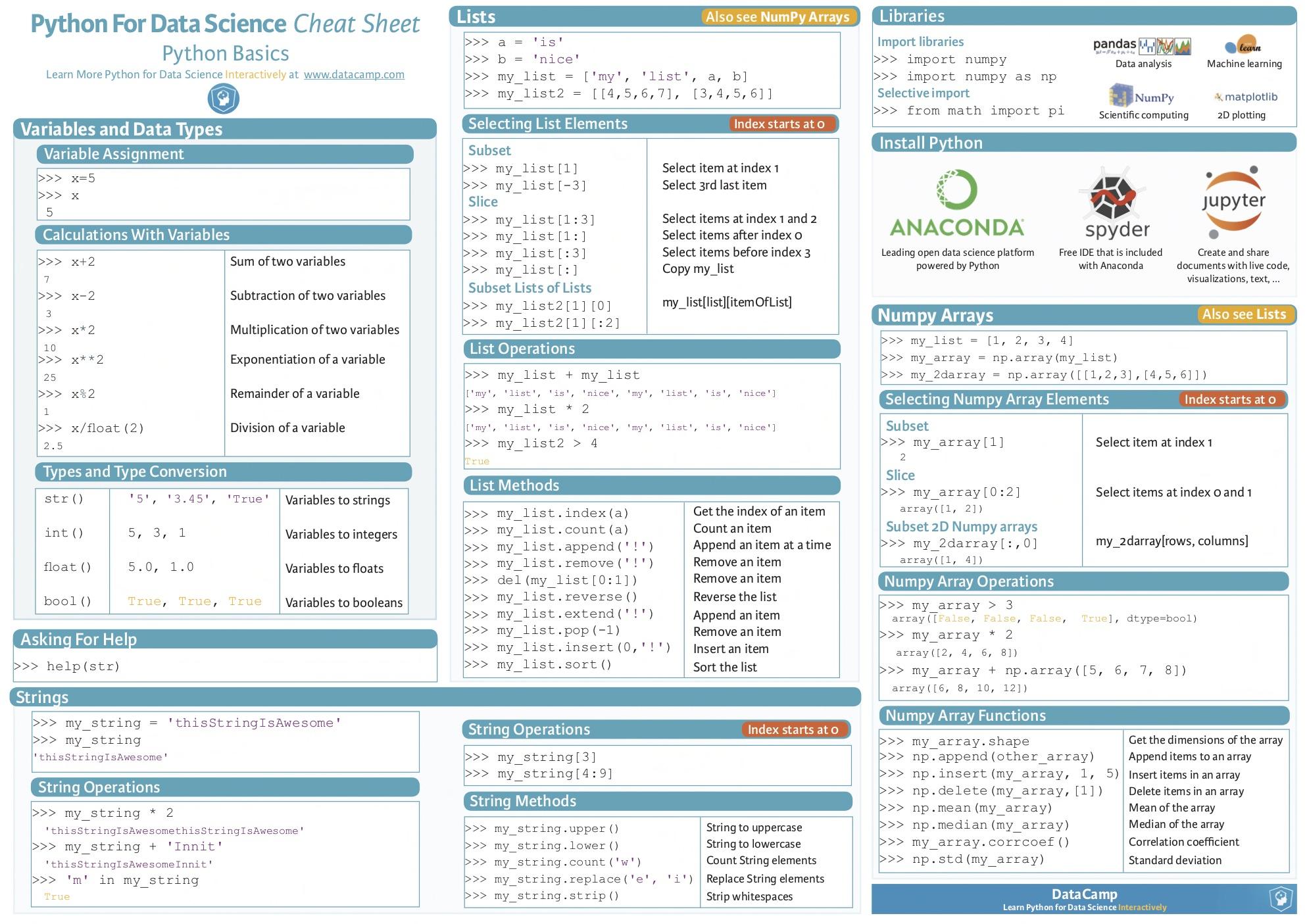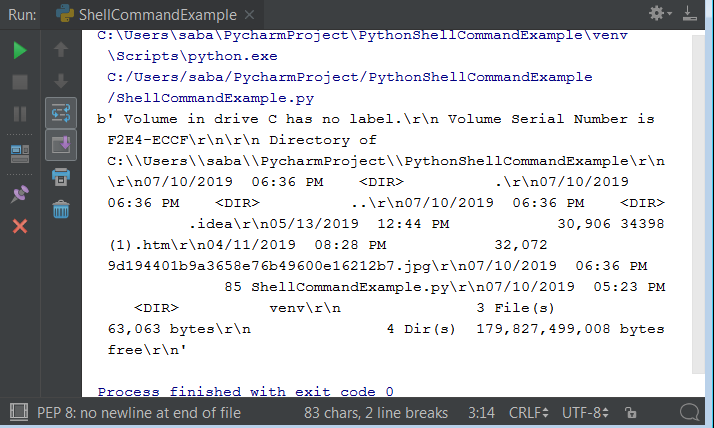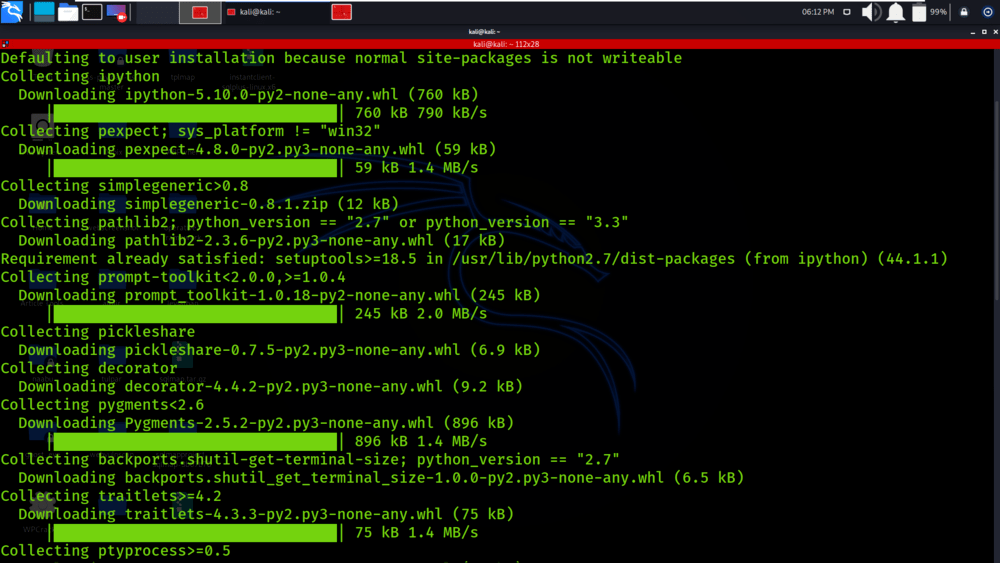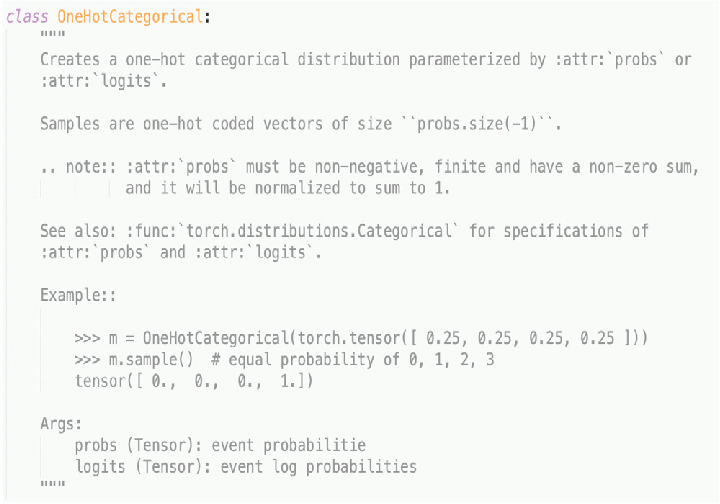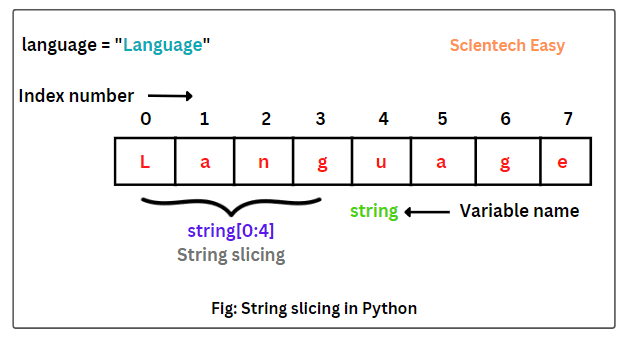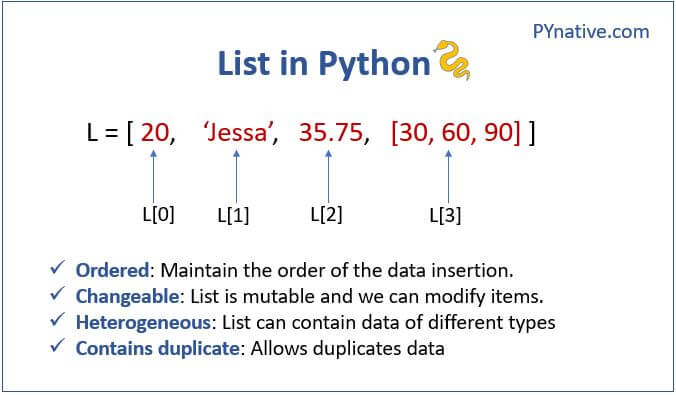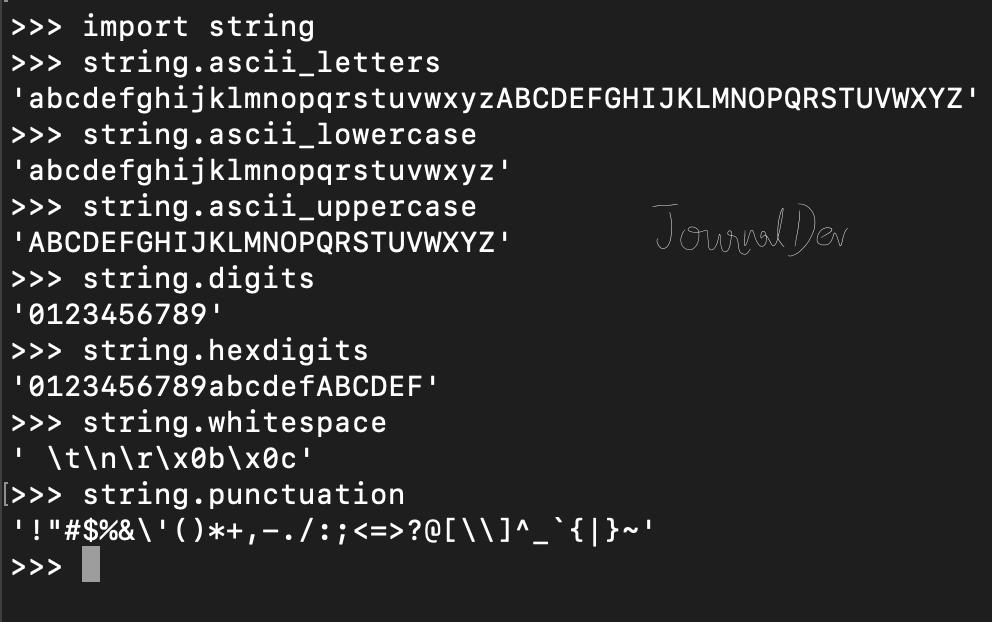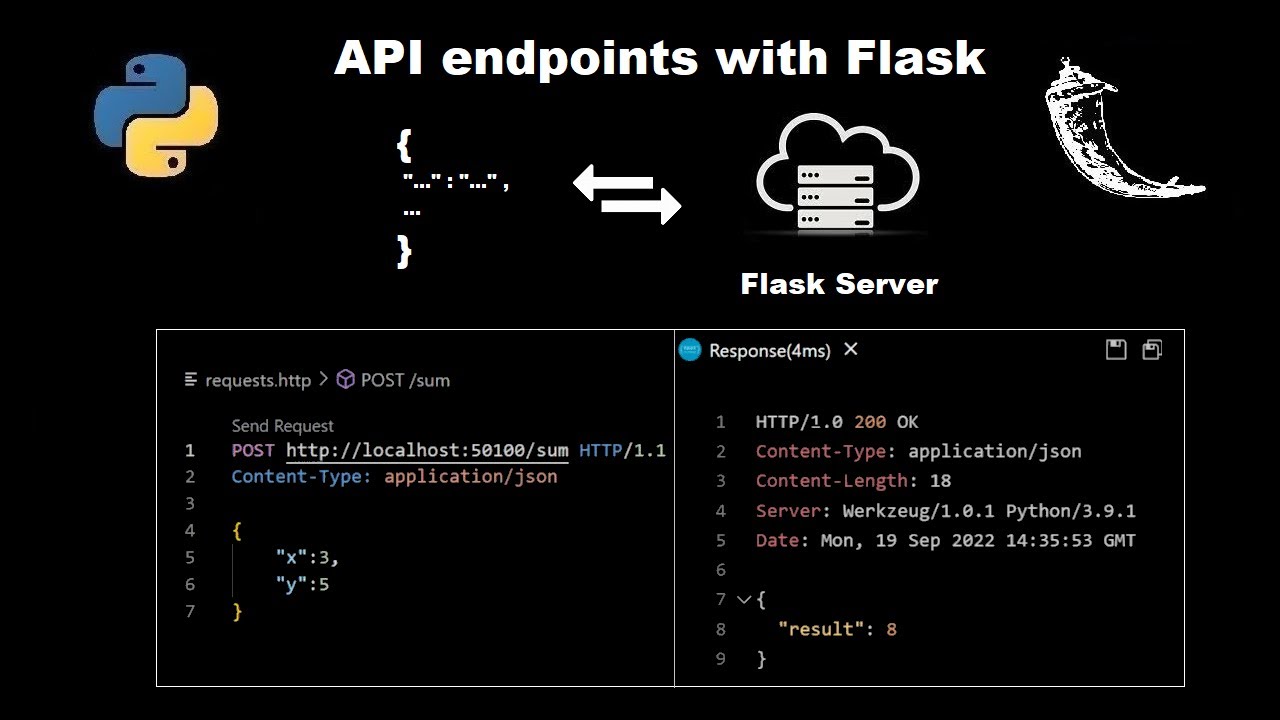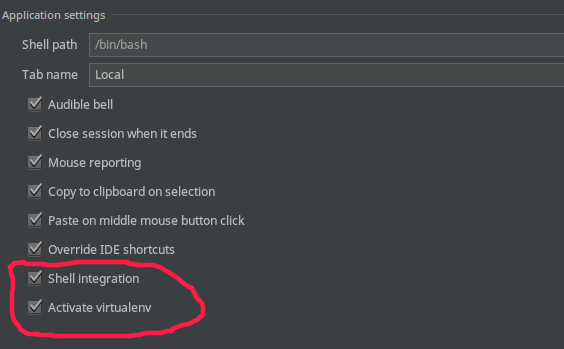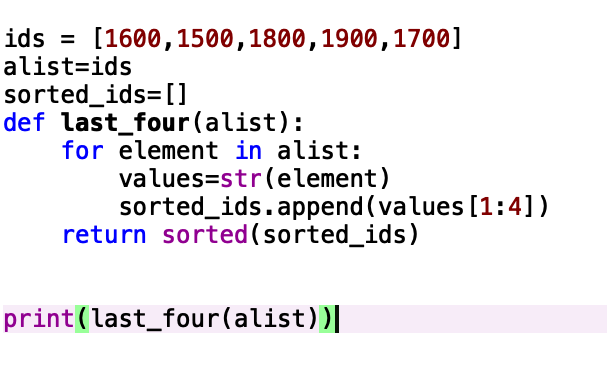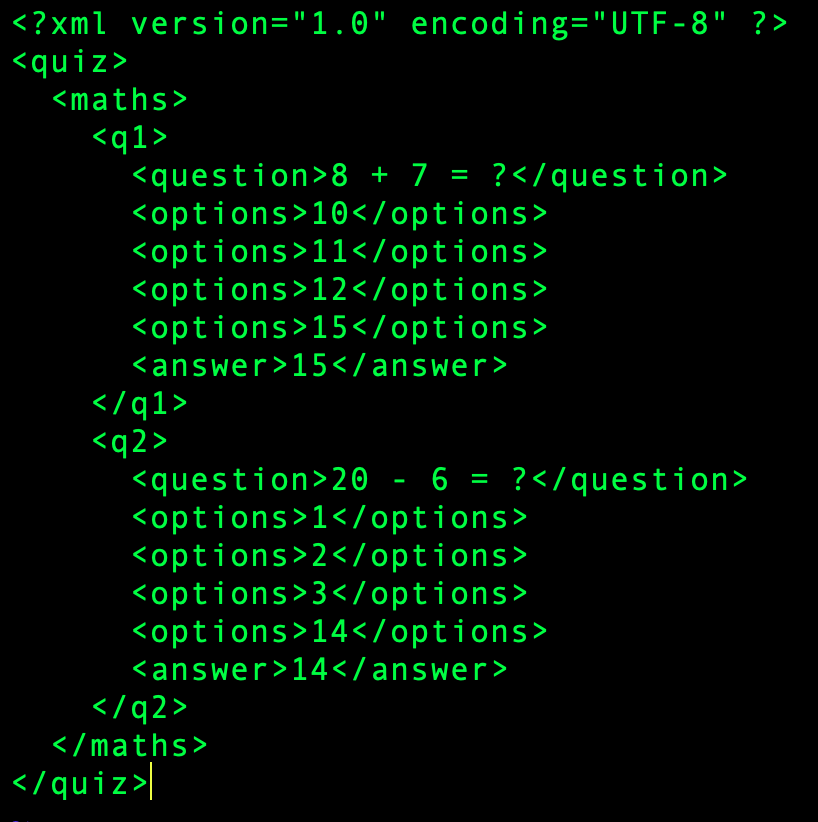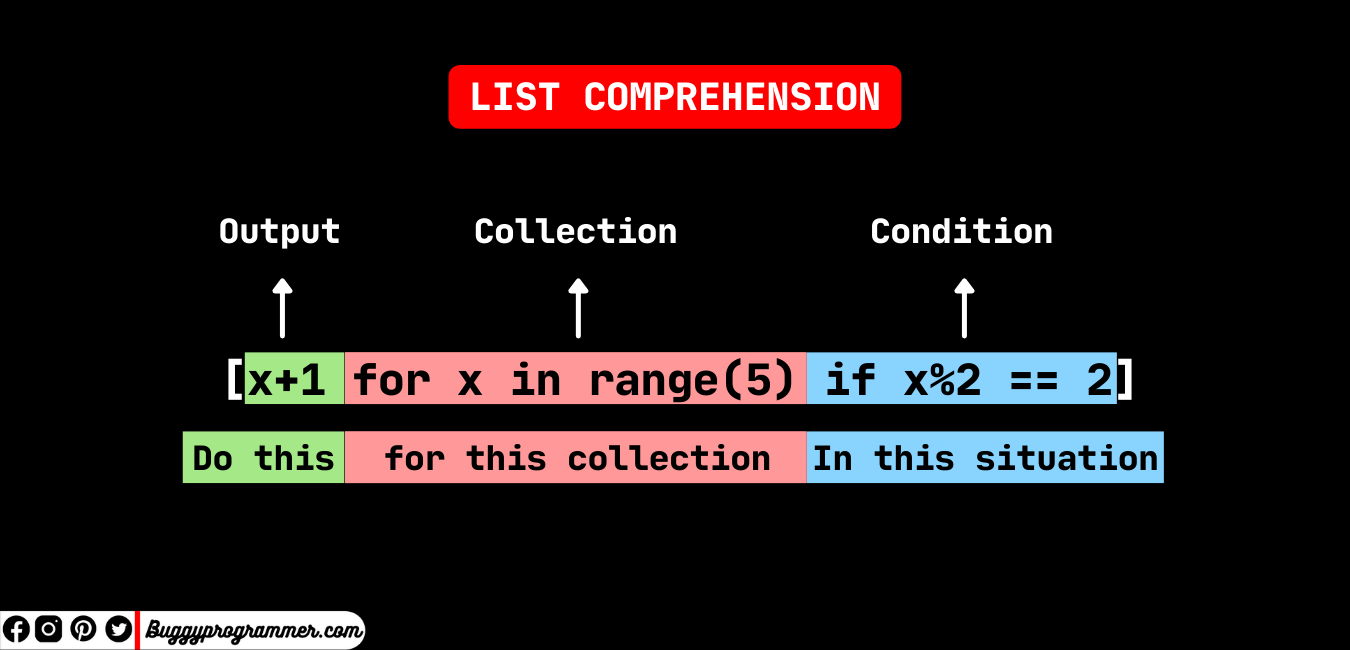How to secure APIs in Python?
How to secure APIs in Python?
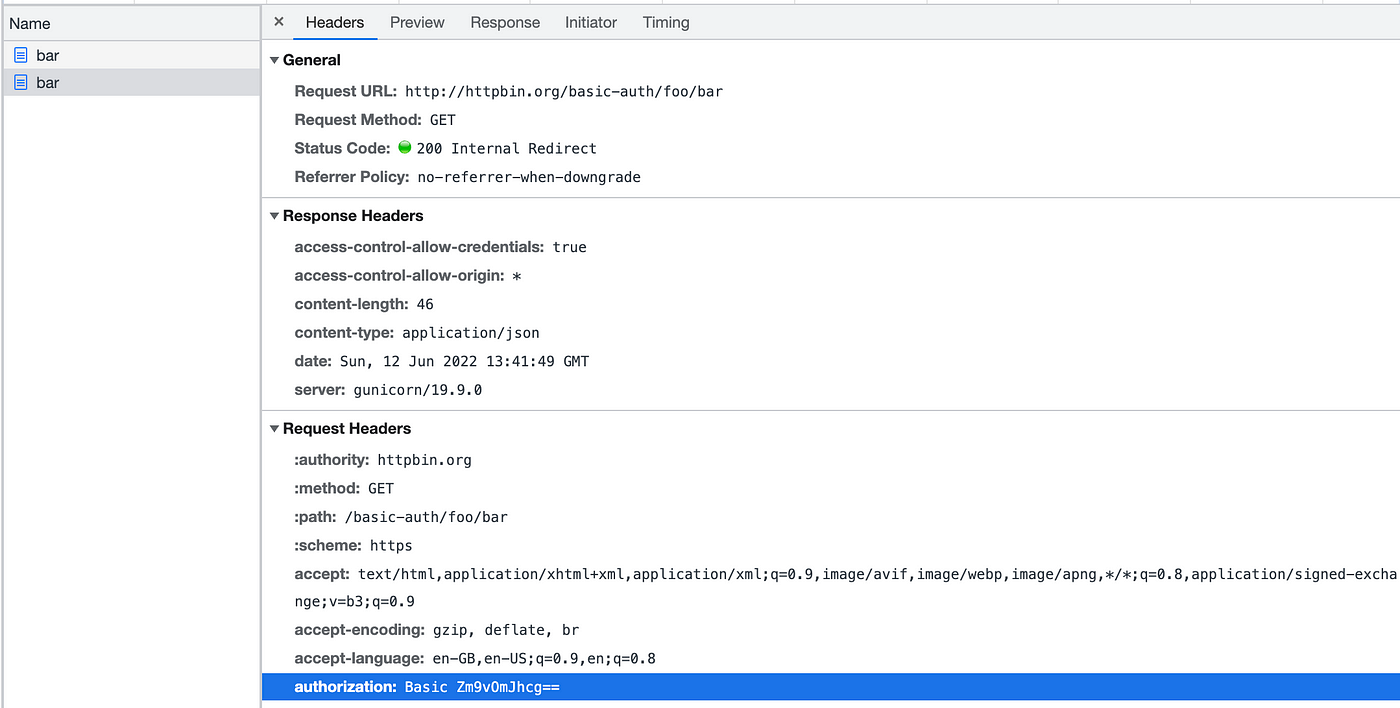
Securing APIs in Python! A crucial aspect of building robust and trustworthy applications. Here's a comprehensive guide on how to do just that.
Authentication
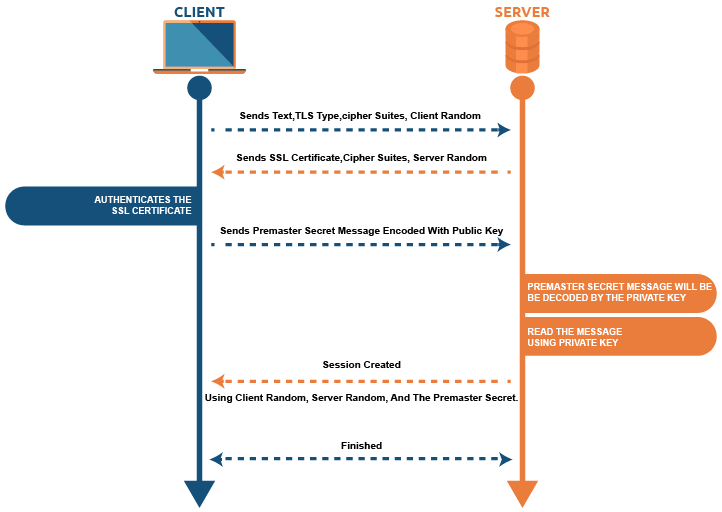
APIs need authentication to verify the identity of users or clients making requests. In Python, you can use libraries like Flask-JWT-Extended (for JSON Web Tokens) or PyJWT (for JSON Web Tokens) for JWT-based authentication.
Here's a simple example with Flask-JWT-Extended:
from flask import Flask, request
from flask_jwt_extended import JWTManager, jwt_required
app = Flask(name)
app.config["SECRET_KEY"] = "your_secret_key_here"
jwt = JWTManager(app)
@app.route("/login", methods=["POST"])
def login():
username = request.json.get("username")
password = request.json.get("password")
Your login logic here...
return {"auth_token": generate_jwt_token(username)}
@app.route("/protected", methods=["GET"], endpoint="protected")
@jwt_required
def protected():
return "Hello, authenticated user!"
if name == "main":
app.run(debug=True)
Authorization
Once you have authentication in place, it's time to think about authorization. You can implement role-based access control (RBAC) or attribute-based access control (ABAC). For RBAC, libraries like Flask-RBAC and PyRbac are available.
Here's a basic example with Flask-RBAC:
from flask import Flask
from flask_rbac import RoleDefinitionStore
app = Flask(name)
rds = RoleDefinitionStore(app)
Define roles and permissions...
@app.route("/admin", methods=["GET"], endpoint="admin")
@has_role("admin")
def admin():
return "Hello, admin!"
if name == "main":
app.run(debug=True)
Data Encryption
To protect data in transit, you can use libraries like PyNaCl (for NaCl encryption) or cryptography (for various encryption algorithms).
Here's a simple example with PyNaCl:
import nacl.secret
key = nacl.random secretpublicKey=nacl.generate_secret_key()
encrypted_data = key.encrypt("your_encrypted_data_here")
Input Validation
Validate all user inputs to prevent SQL injection, cross-site scripting (XSS), and other attacks. Use libraries like Werkzeug (for validation) or flask-wtf (for form validation).
Here's a basic example with Werkzeug:
from werkzeug.security import validate_password
def login():
username = request.form.get("username")
password = request.form.get("password")
Validate input...
if not validate_username(username):
return "Invalid username...", 400
elif not validate_password(password):
return "Invalid password...", 400
Login logic here...
return {"auth_token": generate_jwt_token(username)}
Error Handling
Handle errors gracefully by logging them and displaying user-friendly error messages. Use libraries like Flask-Logconfig (for logging) or Flask-WTF (for error handling).
Here's a basic example with Flask-Logconfig:
import logging
app.config["LOGGING_LEVEL"] = "DEBUG"
logging.basicConfig(level=app.config["LOGGING_LEVEL"])
@app.errorhandler(404)
def not_found(error):
return "Page not found...", 404
if name == "main":
app.run(debug=True)
Code Reviews and Audits
Regularly review your code for security vulnerabilities and perform audits to identify potential issues.
Here are some final tips:
Always follow best practices for secure coding. Use reputable libraries and dependencies. Keep your Python versions up-to-date, as newer versions often include security patches. Implement a bug bounty program or participate in open-source projects to stay informed about the latest security threats.By following these guidelines and implementing proper authentication, authorization, data encryption, input validation, error handling, and code reviews/audits, you'll significantly reduce the risk of security breaches in your Python APIs.
How do I authenticate API key in Python?
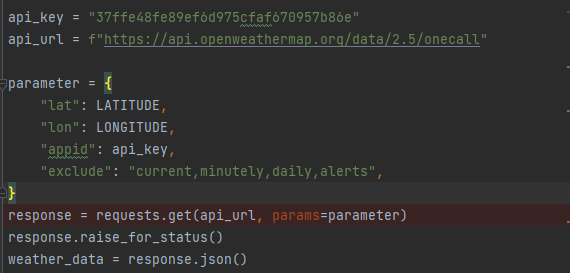
I'd be happy to help you with that!
To authenticate an API key in Python, you can use various libraries and techniques depending on the specific API and its requirements. Here are some common approaches:
HTTP Basic Authentication: Many APIs use HTTP Basic Authentication, which involves sending a username and password (or API key) as part of the Authorization header in each request. You can use therequests library to send authenticated requests.
Example:
import requests
api_key = "your_api_key"
username = "your_username"
headers = {
'Authorization': f'Basic {username}:{api_key}',
'Content-Type': 'application/json'
}
response = requests.get('https://api.example.com/endpoint', headers=headers)
print(response.json())
requests library to add a custom header.
Example:
import requests
api_key = "your_api_key"
headers = {
'X-API-KEY': api_key
}
response = requests.get('https://api.example.com/endpoint', headers=headers)
print(response.json())
requests library to add a query parameter.
Example:
import requests
api_key = "your_api_key"
params = {'api_key': api_key}
response = requests.get('https://api.example.com/endpoint', params=params)
print(response.json())
Example:
import requests
api_key = "your_api_key"
headers = {
'Authorization': f'Bearer {api_key}'
}
response = requests.get('https://api.example.com/endpoint', headers=headers)
print(response.json())
In addition to these libraries and techniques, you can also use Python's built-in urllib module or other libraries like pycurl or pyopenssl to make authenticated requests.
Remember to replace "your_api_key" and "your_username" with your actual API key and username. Always keep your API keys secure and do not share them publicly!
I hope this helps you get started with authenticating API keys in Python!

